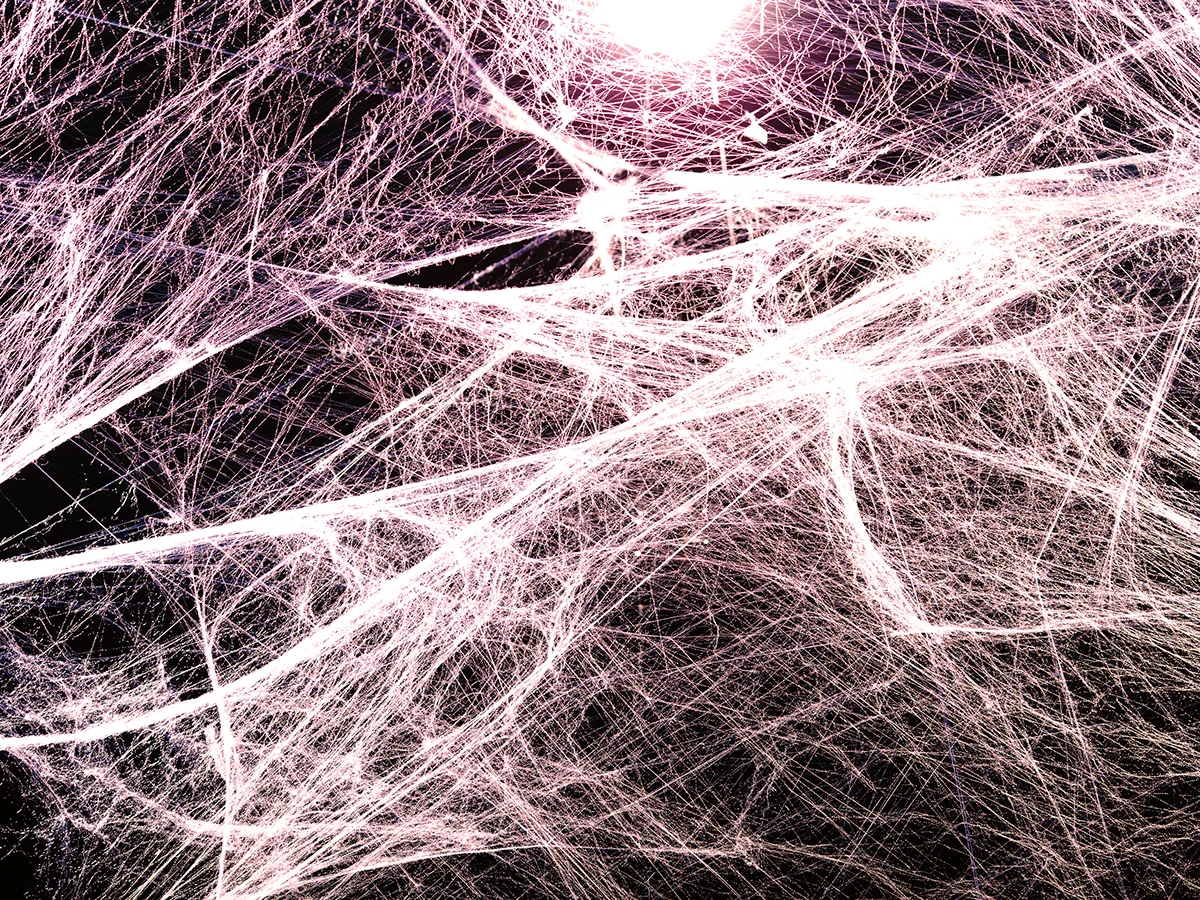What's an ATSI 12 Series?
A Quick History
"The gravitational field of the earth is easily the most potent physical influence in any human life"
- Ida P Rolf
Anatomy Trains Structural Integration (ATSI formerly KMI) springs from the pioneering work of Dr Ida P Rolf, as developed, by Thomas Myers. ATSI consists of a multi-session protocol (usually 12) of deep, slow fascial and myofascial manipulation, coupled with movement re-education.
ATSI is one of a number of schools that train practitioners in ‘Structural Integration’, Ida Rolf’s name for her own work. Structural Integration is practiced as an old-world craft with a 21st century comprehension of how your body structure works.
image used with permission
The therapy in a nutshell
"...SI seeks to organize the body closely around the vertical line of gravity and lengthen it along that line"
-Tom Meyers
The ATSI ‘brand’ of structural integration concentrates on doing deep, lasting, and significant work, with anatomical precision, blended with movement and sensitivity to the unfolding individual experience.
The ATSI ‘recipe’ for structural integration is based around the “Anatomy Trains Myofascial Meridians”concept which is explained in the book written by Thomas Myers, published by Harcourt Brace (Elsevier) in 2001 and a 2nd edition in 2008. Buy the book or read more on the Anatomy Trains website by clicking here.
What will it do for me?
The design of ATSI is to unwind the strain patterns residing in your body’s locomotor system, restoring it to its natural balance, alignment, length, and ease. Common strain patterns come about from inefficient movement habits, and our body’s response to poorly designed cars, desks, telephones, and airplanes, etc. Individual strain patterns come from imitation when we are young, from the invasions of injury or surgery or birth, and from our body’s response to traumatic episodes. Beginning as a simple gesture of response, movements can become a neuromuscular habit.
The habitual movement forms one’s posture, and the posture requires changes in the structure – the body’s connective tissue ‘fabric’. In other words, a gesture becomes a habit becomes a posture and eventually lodges in our structure. These changes are rarely for the better – anything that pulls us out of alignment means that gravity works on pulling us into more misalignment or increased tension to
counteract the force. Compensation begets compensation, and more symptoms. ATSI is designed to unwind this process and reduce structural stress. The method depends on a unique property of the body’s connective tissue network.
Connective tissue is a remarkably versatile bit of biology. It forms every supportive tissue from the fluid blood to the solid bone, and a host of sheets, straps, and slings in between. The muscular tissue moves us around, but it works through the connective tissue fascia, tendons, and the ligaments at every turn, and it is the connective tissue complex that holds us in the shape we are in. When we are injured or stressed, no matter what the source, there is a neuromuscular response – usually involving some combination of contraction, retraction, immobility, and often rotation. These patterns put some muscles under strain (where they develop painful trigger points) and also pulls at this fascial fabric, requiring it to shift, thicken, glue itself to surrounding structures, and otherwise compensate for the excess sustained muscular holding.
Especially for chronic and long-held patterns, it is not enough to release the muscular holding, though that is definitely a good start. Freeing and repositioning the fascial fabric, along with re-integrating the movement patterns so that they stay easily in their proper positioning, is the job of ATSI. In this sense, ATSI could be seen as a companion to osteopathic or chiropractic care, but instead of thrusting the bones back into place, we adjust the fascial ‘guy-wires’ so that they stay in place – the new alignment simply becomes part of who you are, not something you have to work at or repeatedly see a practitioner to maintain.
How is it different from other manual therapies?
The ATSI “brand” of Structural Integration is different from other comparable trainings such as those offered by the Rolf Institute, Hellerwork, or the Guild for Structural Integration.
• ATSI uses a wide “vocabulary” of touch, not just deep work, to evoke lasting and progressive change in body pattern.
• ATSI’s method of “bodyreading” (visual analysis) is logical and coherent, unfolding the skill step-by-step.
• ATSI’s “recipe” for the unfolding of the sessions is based around the Anatomy Trains Myofascial Meridians.
• ATSI proceeds from a deep understanding of “issues in tissues” (the emotional underpinnings of body carriage and tension), hence our tagline, “Change Your Body About Your Mind”.
Basing the sessions around the body’s myofascial continuities ensures that the entire body is covered through the series, clear session strategies allow for individual patterns and preferences, and our work is easily explainable to other health professionals. To read more about how ATSI is different than other manual therapies click here.



